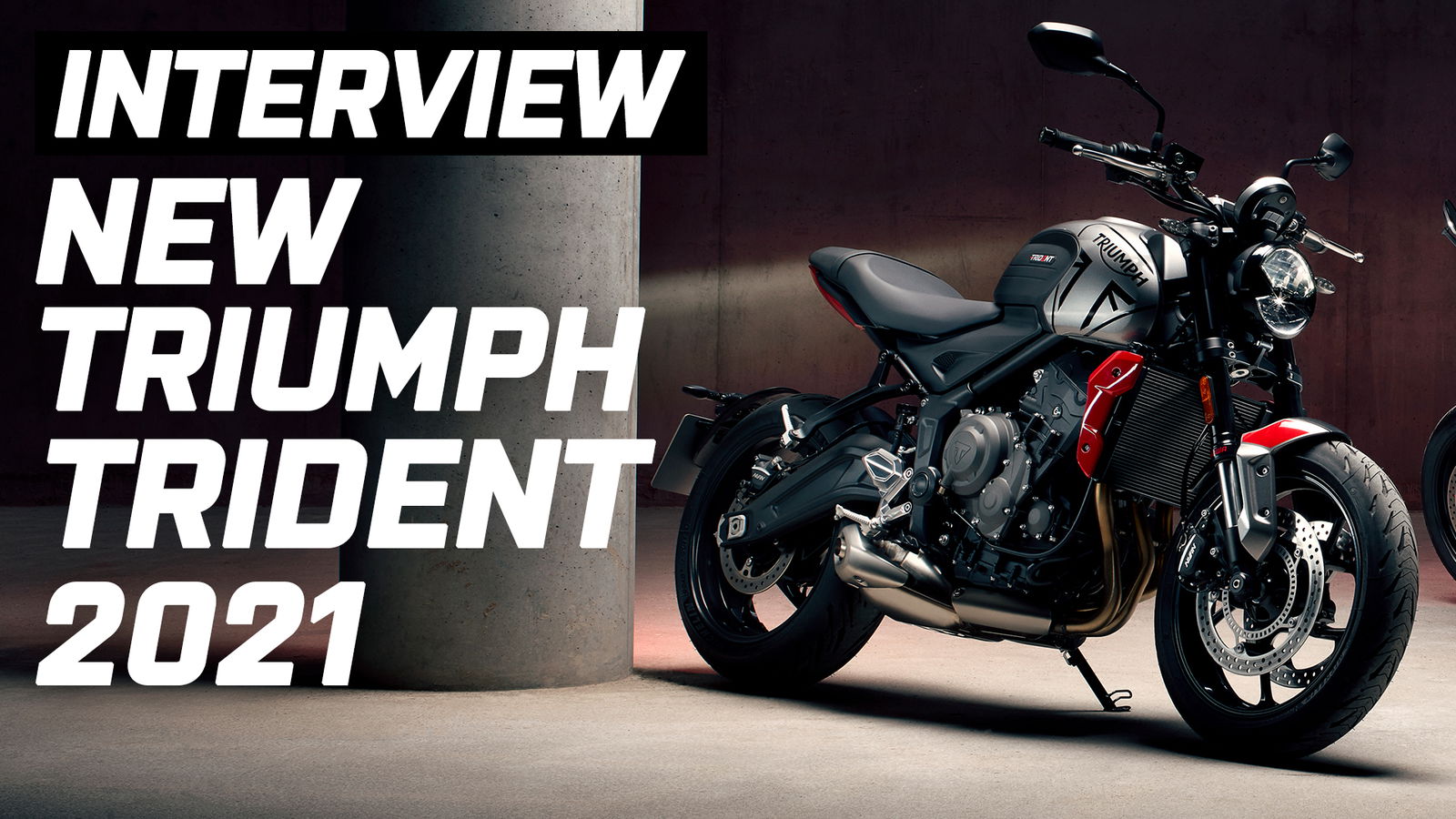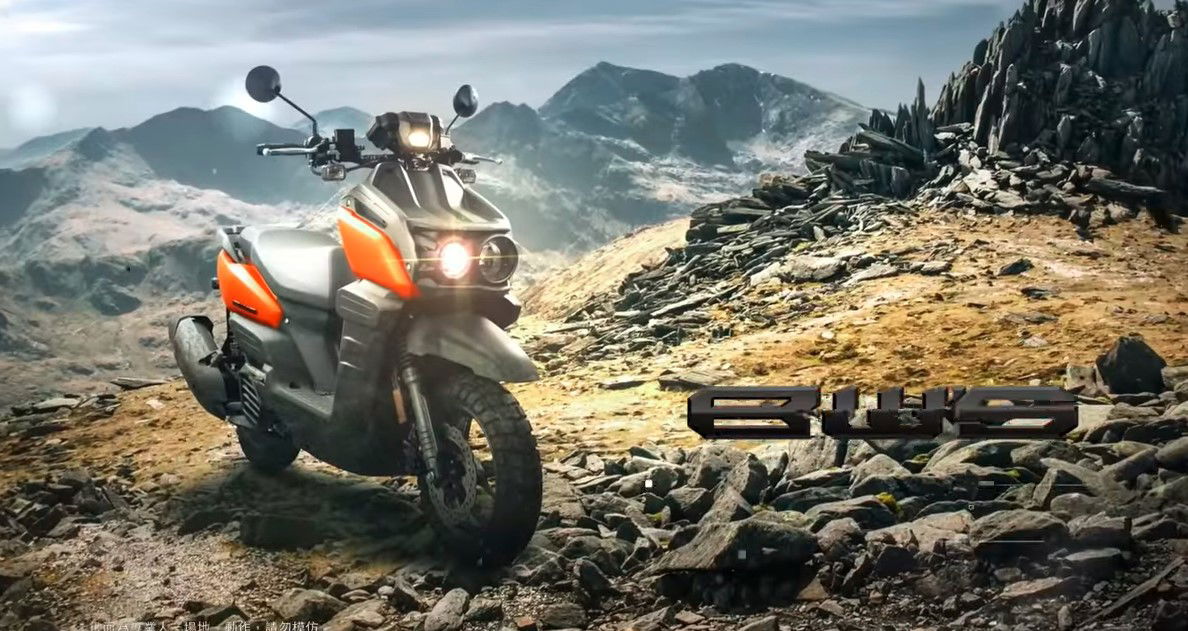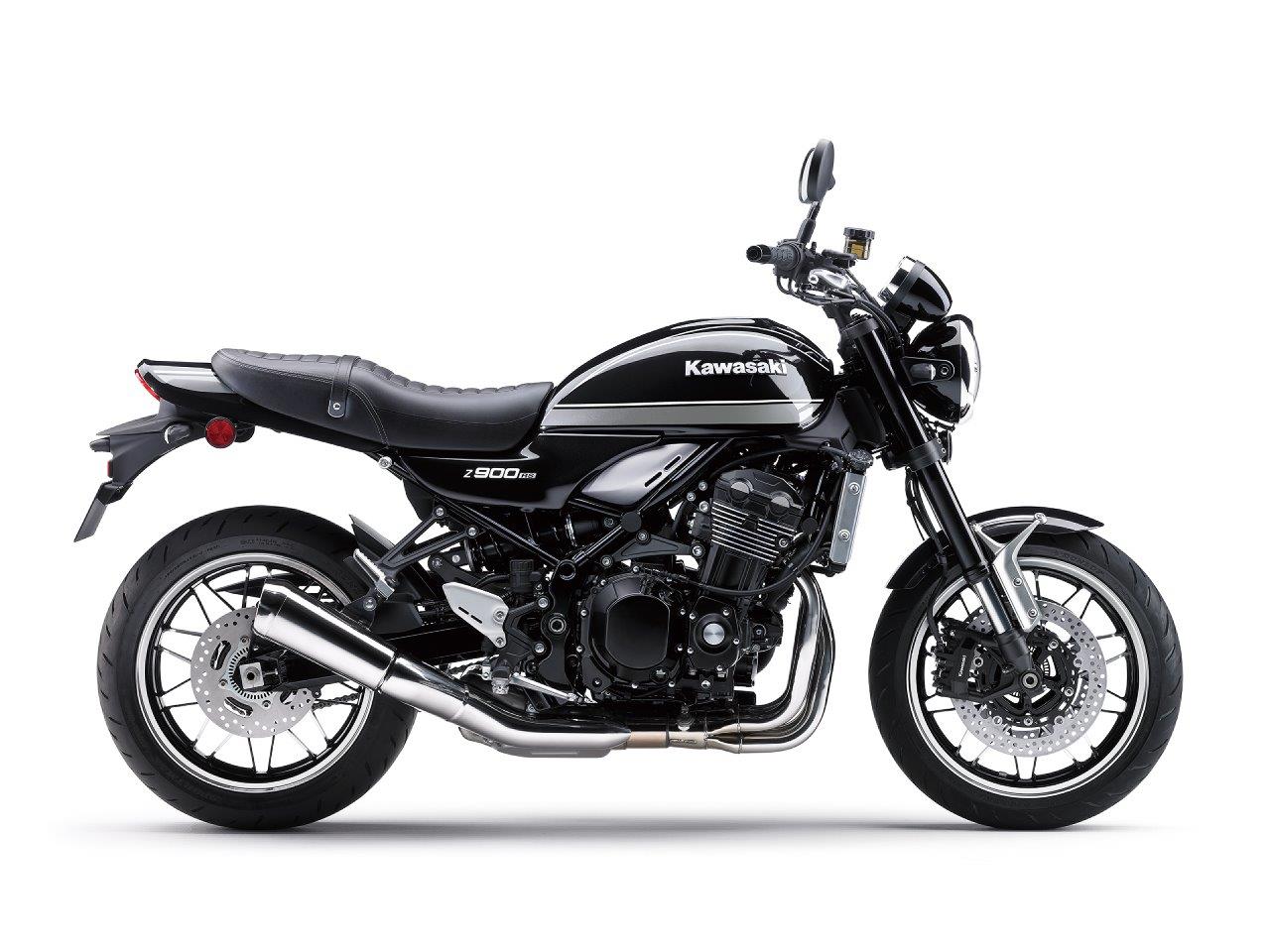Why the Triumph Trident 660 is familiar... yet new from the ground-up
The Triumph Trident 660 - with its all-new 660cc triple-cylinder engine - is here... this is everything you need to know about Triumph's new entry-level model

The Triumph Trident 660 has received its world premiere after a launch to much fanfare, but while there is certainly something very familiar about its compact frame and signature triple-cylinder engine, scratch beneath the surface and it’s clear this is a very unique entrant into a busy sector.
While we may lust over the prospect of a new Daytona or get excited about the Tiger, it is the Triumph Trident that is arguably the most important model the British firm has launched for some time.
Middleweight nakedsmay not get the heart pumping if that heart is set on a Yamaha MT-07 or Suzuki SV650, but in terms of sales they are big business for the leading manufacturers.
Triumph Trident - Steve Sargent reveals all about the Triumph Trident 660
While Triumph positions itself among the more premium brands, the 600-700cc sector has definitely been a gap in the range, not least because erstwhile 675 was always really considered a class above even before it morphed into the 765.
However, the Trident goes a long way to plugging that gap, blending the familiar tropes of Triumph’s sport-leaning design, with its dual headlamps, compact engine casing and exhaust, topped off by some smart intricate detailing on the bodywork. It is arguably the most handsome model of its kind in the segment,to our eyes, especially in person.
Indeed, while you’d be forgiven for thinking the 660cc engine is a mere reworking of the triple - which has been adapted from 675 to 765 and up to 900cc - Triumph’s chief product officer Steve Sargent insists engineers went right back to the drawing board with this one, meaning it is almost an entirely new engine with brand-new components.
“It is a completely new frame, it is a steel fabricated frame so completely new to this bike. The engine is also significant revision over the other triples we have done before so it really is a ground-up design.
“We developed a number of variants of the Triple engine, which started as the 675 in the Daytona and original Street Triple, but we’ve developed that to use in the 800 Tigers, now the 900 Tiger, so it’s an engine family, but in terms of shared components it’s not as much as you’d think. The big difference is we’ve changed the bore and stroke compared to the Street Triple, so we’ve got a longer bore, shorter stroke.
“It is primarily to get a different engine character and have something fresh in this particular segment, so if you look at the bikes in the segment, you have a couple of twin cylinders. Now twin cylinders are renowned for the bottom end and mid-range before running out of steam at the top end, you’ve got a four-cylinder in there you’ve got to be at the top end of the rev range, so we wanted the best of all worlds and make sure we were matching the twins low down.
To do that we went to the engine boys and said ‘we know overall we have a good package but we really want to match these twins further down the rev range’. So they went away, did the clever stuff and came back to say ‘these are all the bits that will have to change’.
While Triumph is staying quiet - for now - over what this could mean for the Triumph range, there is talk the 660 platform will spin off into other models over the coming year, including a sports focused variant and a small-engined Tiger.

